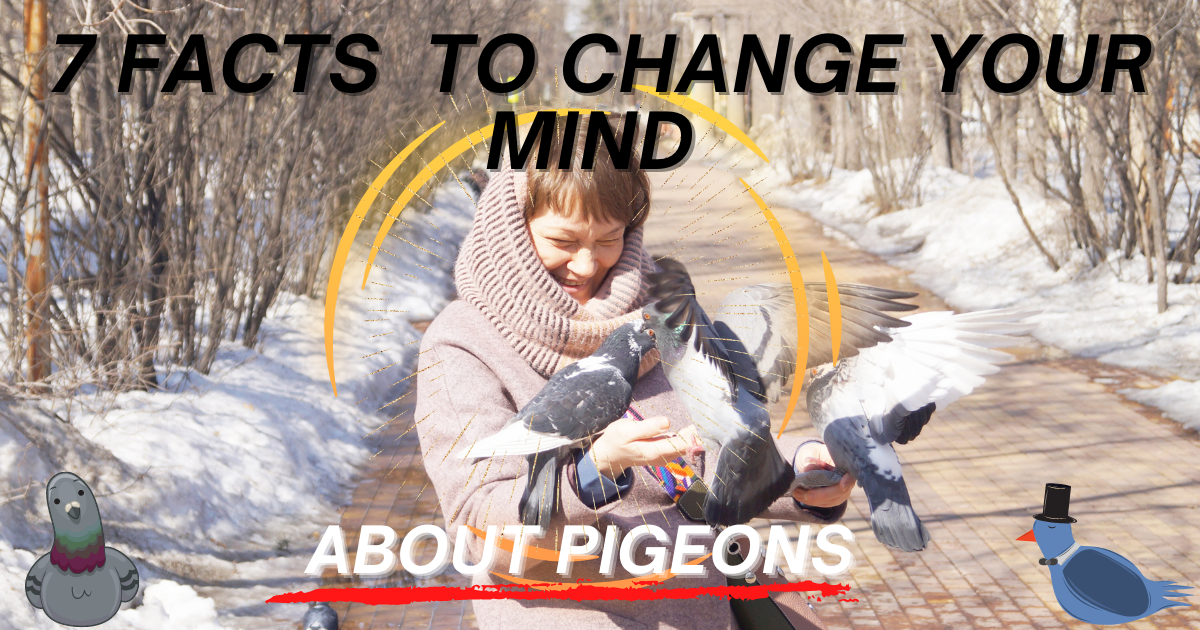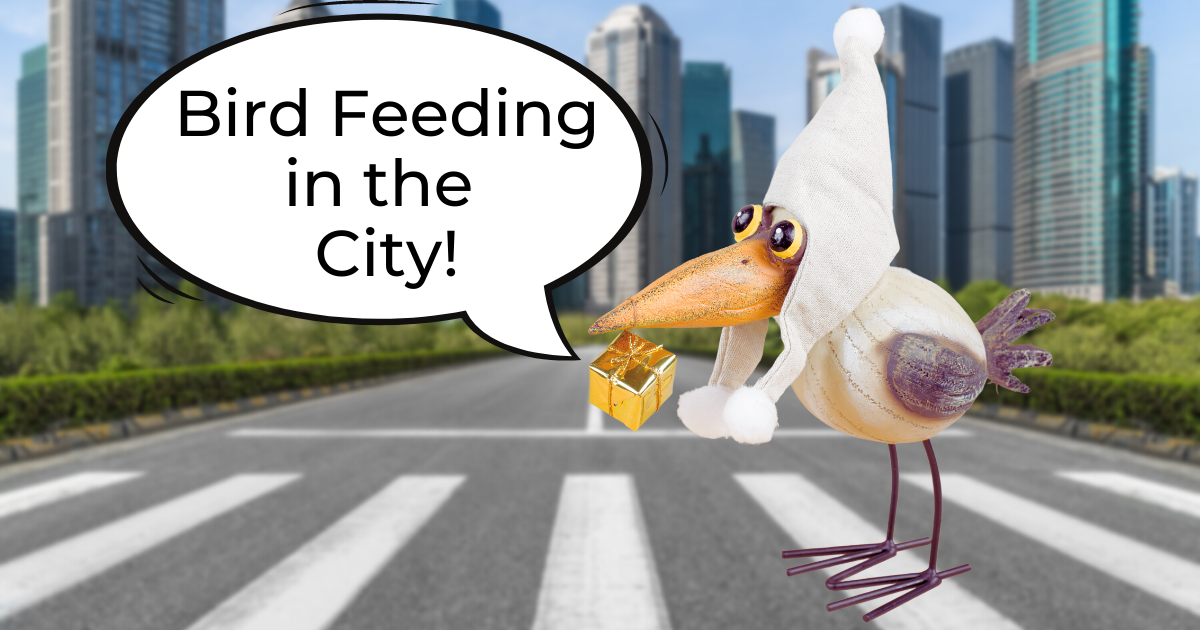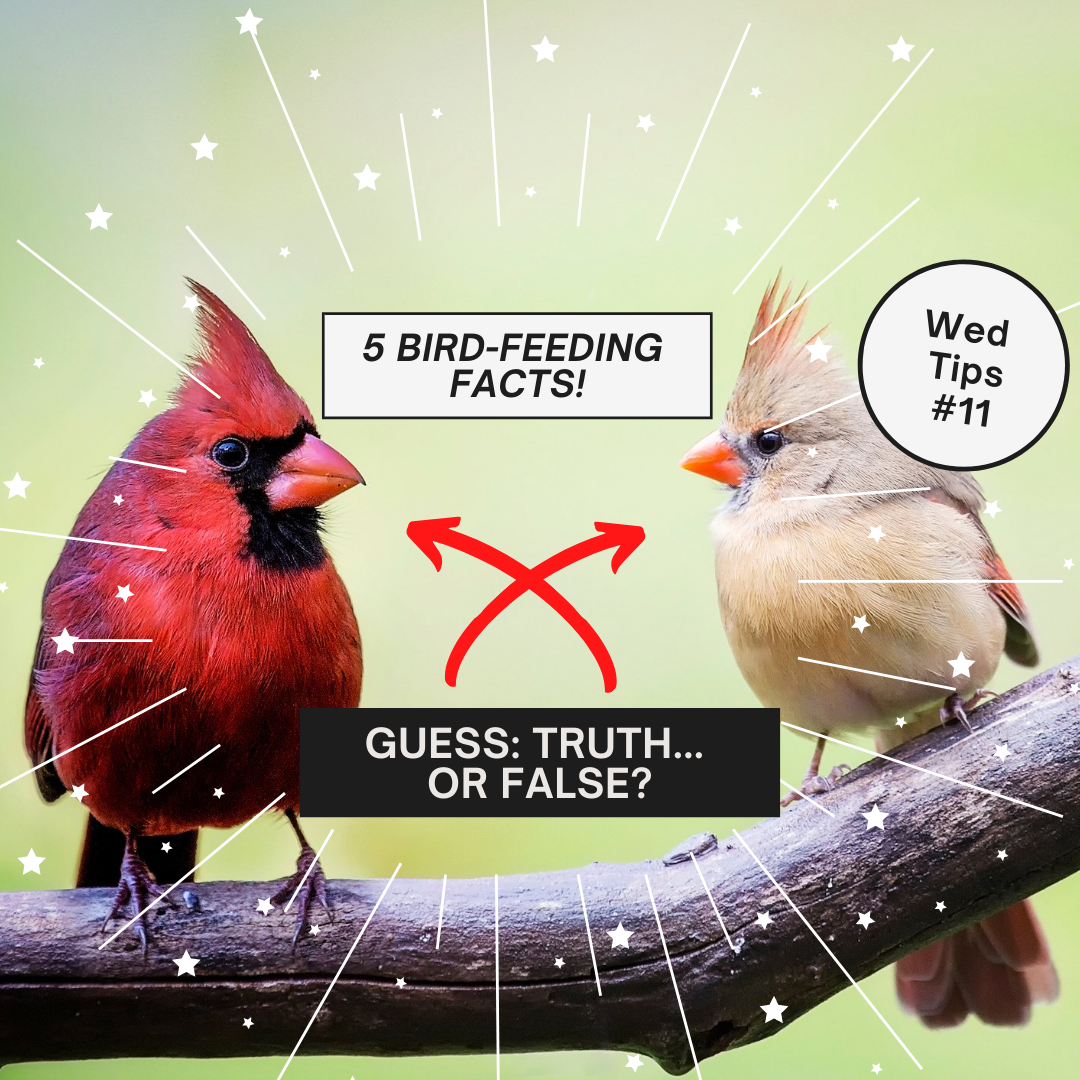
As I walked by a huge flock of pigeons, all at once they took flight with power and sync. But what I was suddenly curious about was why there are so many of them in every city in the world?
And by the way, when you say pigeon, be specific! There are over 300 species.
Woody Allen famously defined them as “rats with wings” in his movie Stardust Memories, though It was originally coined by Thomas Hoving, New York City’s parks commissioner, in 1966. The movie, however, spread the negative rap on pigeons like fire. They were ״officially״ bullying parasites who spread diseases.
Thankfully there are many who, despite the gloomy pigeon outlook, still spread bread crumbs in their town square. Washington square - NYC, Trafalgar Square - London, Melbourne/Sydney - Australia, Buenos Aires - Argentina, Mumbai - India…the list goes on.
Makes you think: these guys have taken over the world!
Except for the passenger pigeon who went from their millions to extinct within 40 years!
Why these massive numbers? Why pigeons, of all species? And do they really deserve Woody Allen’s marque of infamy?
Here are a few facts I learned.
And maybe after you read them…
You might, just like me, change your mind.
1. BEFORE THE POST OFFICE, THERE WERE PIGEONS

Pigeons were our first “text messages.”
They have an incredible sense of direction called “homing” i.e., knowing where “home” is from a remarkable distance. They can find their nests from thousands of miles away to which they can fly at the speed of 50-90 MPH.
No one knows exactly how pigeons honed homing. There are only surmises.
According to the researches at the PNAS, homing pigeons have their own compass which relates to the sun. The position and angle of the sun are basically their GPS. They might also have their own mapping system.
Another theory is magnetoreception. Pigeons use the earth’s magnetic fields as their guidance. Researchers discovered that pigeons have a concentration of iron particles in their beaks – which aid them in detecting these magnetic fields.
Other theories suggest low frequencies of infrasound (low frequency sound waves) which are created by pretty much everything – including the earth’s crust. (The outer shell of the planet.)
Humans are unable to hear these sounds, but you know who can? Yup. Pigeons. Pigeons listen to these sounds until the hear the infrasound of their very own nest – which grows louder the closer they get home. They might be recognizing the sounds of various milestones – like humans know to “take a left” at certain landmarks such as roads, railway lines and rivers.
10,000 years ago, way before the first mailman inserted the first letter into a mailbox, ancient Egyptians discovered these flyers homing abilities and utilized it to their advantage. They would train the pigeons by taking them few miles away from home and letting them fly back to their nests. They would then take the pigeons even further from their nests and see them, again, finding home. These pigeons eventually made it from over a thousand miles away, the same distance as Dallas, TX is to Cancun, Mexico.
My partner and I got lost in the jungles of Thailand, where venomous snakes, leopards and elephants roam free. As it got darker, we panicked and were not sure if to walk back into the night in the same route we started with, or carry on. We chose to carry on and luckily, within a few hundred feet, accidentally discovered we were close to the main road. We sighed in such relief!
Pigeons have definitely evolved better than us with their sense of direction.
In the end - it is not clear how pigeons navigate their homing skills, we can only assume that they are just super cool for having these incredible powers.
2. PIGEONS SAVED THOUSANDS OF LIVES

Pigeons were used as vital messengers during World War 1 and World War 2. Thanks to these smart carriers and their successful delivery of extremely important missives, thousands of lives were saved. For their bravery, some pigeons received the Dickin medal, the highest medal awarded to an animal. Of the 55 medals awarded to date, pigeons have been recognised 32 times.
One of the most touching stories is Winkie who in WWII flew home to his loft and thereby saved 4 men from drowning in the cold sea.
Unfortunately, homing is also used for pigeon racing, or pigeon marathons. Separated from their nests, pigeons are taken over hundreds and thousands of miles away, then released to find their pigeon lofts. The prizes given to the winners are worth millions of dollars, but for the pigeons this proves deadly as they flight home mostly costs their life. Many of them don’t make it. Some are even taken from their nests before they are 1years old.
3. PIGEONS ARE THE OLDEST “COOL-TO-HAVE” PETS IN THE WORLD

Pigeons originated around 20,000 years ago on the shores of North Africa and the Mediterranean Sea. Their nests were built in hard and craggy surfaces such as cliffs and rocky ridges. Nowadays, living in the city is an easy adaptation. Unlike songbirds who prefer soft nests with silky linings, pigeons feel most at home on surfaces of buildings, window sills, even flower beds.
Pigeons were first domesticated 10,000 years ago in Mesopotamia (an ancient region in the middle east). When wild animals went scarce, they built pigeon houses and bred them for food.
So basically, humans are the reason there are so many pigeons. Because of this domestication, their numbers grew all over the world. From nests in rocky crags to the 17th floor of your building, the move was easy. It shows that pigeons have a highly developed ability of adapt.
This evolution skill was immensely interesting to Darwin. He was obsessed not only with the finches, but pigeons as well. He read every manuscript about them, went to pigeon expos and consulted with “pigeon fanciers.” Even his daughter joined his enthusiasm, realizing that pigeons are much more than meets the eye.
Pigeons are easily domesticated. They can live in small spaces, are easy to keep around, they do not smell, are relatively quiet and are totally low maintenance when it comes to caring for them.
Which is why they make great pets.
4. PIGEONS ARE SERIOUSLY SMART COOKIES!

Though the pigeon’s brain is no bigger than the tip of your index finger, pigeons are actually smarter than a 3-year-old child. Research has proven that pigeons can actually tell the difference Monet and Picasso as well as recognize themselves in the mirror.
Furthermore, untrained pigeons can recognize people by their facial features, something that until now has only been seen in elephants and dolphins.
Prof Edward Wasserman from the University of Iowa, says "Pigeons can distinguish identities and emotional expressions on human faces, letters of the alphabet, misshapen pharmaceutical capsules, and even paintings by Monet vs Picasso."
In another study two researchers with the same body build, both women, fed pigeons in a park located in Paris. One researcher acted hostile to the pigeons and shooed them away while the other was indifferent. The next day both researches acted indifferent to the pigeons, yet the pigeons stayed away from the “hostile” researcher. Even changing their coats didn’t confuse them. No matter what they did, the “hostile researcher” was shunned by the pigeons.
From their research:“The fact that the pigeons appeared to know that clothing colour was not a good way of telling humans apart suggests that the birds have developed abilities to discriminate between humans in particular. This specialised ability may have come about over the long period of association with humans, from early domestication to many years of living in cities.”
5. PIGEONS CAN DETECT CANCER
You read that right.
Having proved that pigeons are smart little flyers – this is taking it to the next level. Pigeons were trained to learn biopsy slides and distinguish between breast tissue and tumors.
As seen in the clip above, pigeons “beak screened” images which were either benign or malignant breast tissue. Within 2 weeks they were 85% accurate in identifying the tumors. However, by calculating the pigeons detection on either side – the accuracy rate is 99%.
The pigeons were able to utilize this new expertise to spot tumours in unseen microscope images, as well as “examining” mammograms, though a second mammogram test (recognising suspicious lumps) proved too tricky for them.
Having said that, even doctors, with years of study in their pocket, have a harder time with that second mammogram.
Nonetheless, this suggests that pigeons could be trained to be medical image observers and could help to find better ways to train pathologists and computer systems by determining the impact of color, contrast, brightness, and image compression artifacts on diagnostic performance.
6. PIGEONS ARE SYMBOLS OF LOVE

Another fact that will soften your feelings toward these creatures: Pigeons mate for life.
Unless a mate dies or has a fertility problem, nothing will separate between two pigeon mates. They don’t say lovey-dovey for nothing.
All birds have unique mating rituals and pigeons are no different: Once the male pigeon has shown interest in a certain female, may the games begin! The pigeon struts and marches in an arrogant manner until he piques the interest of the female he fancies. Once they become “acquainted” the female invites him to mate. Afterwards the couple choose a (probably hard surfaced) location for their nest and build it together.
Once the female lays her eggs, the couple take turns in the whole breeding process. One day the female hatches and the next day is relieved by the male so she can eat, drink and rest.
Once the little ones come around, and they grow up fast, the parents are constantly on call. They feed their babies with “pigeon milk,” a white liquid secreted from their parent’s throats. Later, the nourishment turns into the form of partially digested foods ingested by the parents.
7. PIGEONS ARE SYMBOLS OF PEACE

Since biblical times doves were known as symbols of peace. When Noah took his arc to safety, it was a white dove that flew in and gave home the peaceful olive branch. Picasso was invited to draw the first “Dove of Peace” for the first International Peace Conference in Paris after WW2.
Pigeons are generally peaceful among themselves and won’t attack people either. Especially if you are feeding them. If they feel any real threat toward them and especially their young’un, they will buffet their wings.
I’ve read so many articles about pigeons. 9 times out of 10, they all quote “rats with wings.” Woody Allen defined them in a way that there is no coming back from.
But now, when you see a pigeon strutting down the park, maybe take a second look at it, knowing what you know now.
I have a feeling a little more respect might surface up. That pigeon’s grandfather may have saved a whole battalion in WW2. Or maybe the pigeon’s cousin saved a woman by detecting a tumor in her breast. And as it takes flight and find its nest using its homing capabilities – maybe sing another tune other than rats with wings.
“Petit à petit, l’oiseau fait son nid”
The famous French idiom means “little by little, the pigeon makes it’s nest” – means if we take little steps one at a time, we can achieve something we wish. Peacefully.
The more we learn about these pigeons, maybe we can gain a little more respect and appreciation for these brave and smart fliers.
Little by little.
COOL PIGEON FACTS!
 The word pigeon comes from the french word for “young dove” . Turns out doves and pigeons are of the same family, possibly the same species! No ornithologist found a difference between the two.
The word pigeon comes from the french word for “young dove” . Turns out doves and pigeons are of the same family, possibly the same species! No ornithologist found a difference between the two.
 Did you know the word loft means pigeon houses? The Greeks called it a columbarium.
Did you know the word loft means pigeon houses? The Greeks called it a columbarium.
 Incidentally, there are no natural white doves in the world. White doves are a result of hundreds םf years of domestication.
Incidentally, there are no natural white doves in the world. White doves are a result of hundreds םf years of domestication.
 Here’s the original scene where Woody Allen coined the phrase “rats with wings” and gave them the bad rap.
Here’s the original scene where Woody Allen coined the phrase “rats with wings” and gave them the bad rap.




7 comments
Allen Atuhaire
I would love to have them at my farm
phil brittain
I love pigeons my fave pigeons are bigger pigeons
Shirley de silva
Everyday I watch through my window how the female dove nesting on top of the tree. Her partner flew several times a day feeding and building her nest for weeks so she could be comfortable. Yesterday l noticed he never came back to her so she’s lying there without any food. I feel sorry for her because she can’t fly and she’s heavy too. I don’t know what I should do. Should I report to the council or leave it and see if he comes back Please help me what I should do.
2025.06.06
Not Deborah
I have Pigeons that visit my garden regularly(2 mating pairs), they’re adorable creatures and so sweet to each other.
I regularly see them cuddling and preening one another, it makes me smile every time, and they never bully the smaller garden birds.
Deborah
Great article!! Hopefully people will see the usefulness in these smart birds!! That’s why I don’t go see comedians.. I find insulting comments distasteful
Leave a comment
All comments are moderated before being published.
This site is protected by hCaptcha and the hCaptcha Privacy Policy and Terms of Service apply.